The resistance of the arc can be increased by splitting the arc into a number of smaller arcs in series. Each one of these arcs experiences the effect of lengthening and cooling. The arc may be split by introducing some conducting plates between the contacts.

The bimetallic strip trips the breaker unless during short circuit condition, the sudden rising of electric current, causes electromagnetic plunger to strike the trip lever causing immediate release of latch mechanism consequently open the circuit breaker contacts much faster, while the bimetallic strip does it more accurately at lower currents.
This video on YouTube shows roughly how it should work. The current extinguishes at the next AC zero crossing but would not work for DC inductive loads.
According to the video as well as this link the arc moves from the contacts to the Arc extinguisher, due to magnetic field (e.g. magnetized chutes) or (depending on the breaker's design and how you mount it) due to convection and rise of the hot plasma.


